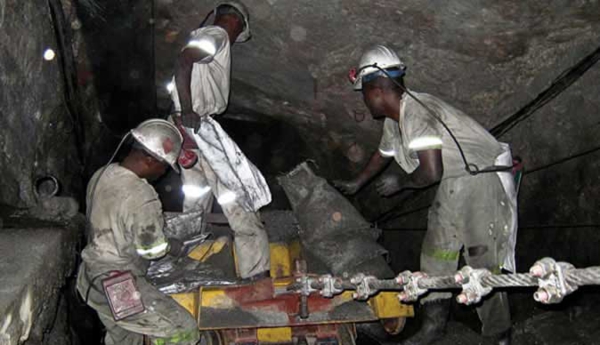The mining boom in Australia seems to be showing no sign of slowing down – in fact, it only seems to get stronger as we head towards the end of the year. North America, South America and Asia’s mining industries are also still highly active, and more and more people are choosing mining as their trade. Unlike desk jobs or usual 9-5 careers, mining is not an easy, nor a repetitive job – it requires a lot of hard work and is ever-changing. It also requires a certain level of precaution, as many situations that miners are put in can be risky or turn dangerous within minutes. Mining companies and employers need to ensure that the proper safety standards are adhered to, that staff are fully aware of the precautions they need to take, and that all occupational risks are accounted for. Here’s a few basic tips to get started:

Safety tips:
- Equipment checks: This is quite an obvious one, but is sometimes overlooked or let slide during a busy period. Mining equipment is volatile and often not dependable; those who work within the sector will be aware of glitches and breakdowns. Equipment can also be extremely dangerous if something goes wrong, and often there can be very little time to reverse the damage, get out of the danger areas, or turn off a machine. Many sites will undertake prework risk assessments, will have check sheets or will at least have an informal way of checking equipment and working conditions prior to the commencement of work. Ensure that your site is vigilant about checking equipment and conditions to ensure that staff are as safe as possible at all times.
- Safety gear: Another obvious one, but vital. High-vis vests, safety glasses, appropriate work boots (steel cap, matetarsal), head gear if needed, ear muffs, dust masks or filters, clothing for cold or wet weather, sunscreen and appropriate workwear for hot weather – all of these fall under Personal Protective Equipment (PPE). Employees depend on you to keep them safe when they are working for you. Many sites and companies will have clothing and safety gear standards – ensure that your staff are sticking to the standards, and that there is enough gear available for everyone.
- Environment: Those in the mining sector can face some of the harshest environments that the earth has to offer, particularly in climates like Australia or South America’s. Ensure firstly, that employees know what they will be getting themselves into – there is not much point sugar-coating the climate conditions, particularly when sites in Australia can reach 42 degrees Celsius in summer time. Secondly, make sure that miners are decked out in the appropriate clothing; warm gear for winter – coats, gloves, hats, and long, light gear for summer – hats, sun block, sunglasses, access to water and shade.
- Heights, Stairs and going Underground: Miners rarely work at ground level; many are underground, many are metres above ground. Both of these situations are hazardous, and need to be treated with care. Most sites will have a set of rules or procedures that employees must adhere to when working in such situations – ensure that these procedures are being enforced and adhered to. Ensure that those working from heights are using appropriate harnesses and fall protection equipment, that there are appropriate rails or fences at the heights, and that the ladders or mobile elevation platforms that they use to get there or work from are up to safety standards.
There are so many other aspects of occupational safety and health that need to be considered, but perhaps the most important is this: have the conversation with your staff. Go through the safety manuals, ensure they know the exact procedures, and ensure they feel safe and confident about their duties. Lead by example, and ensure that the men and women on your site are safe at all times.
Chloe works on behalf of PR Power, an Australian company specialising in the sales and rental of mining equipment; including lighting towers and diesel generators.

